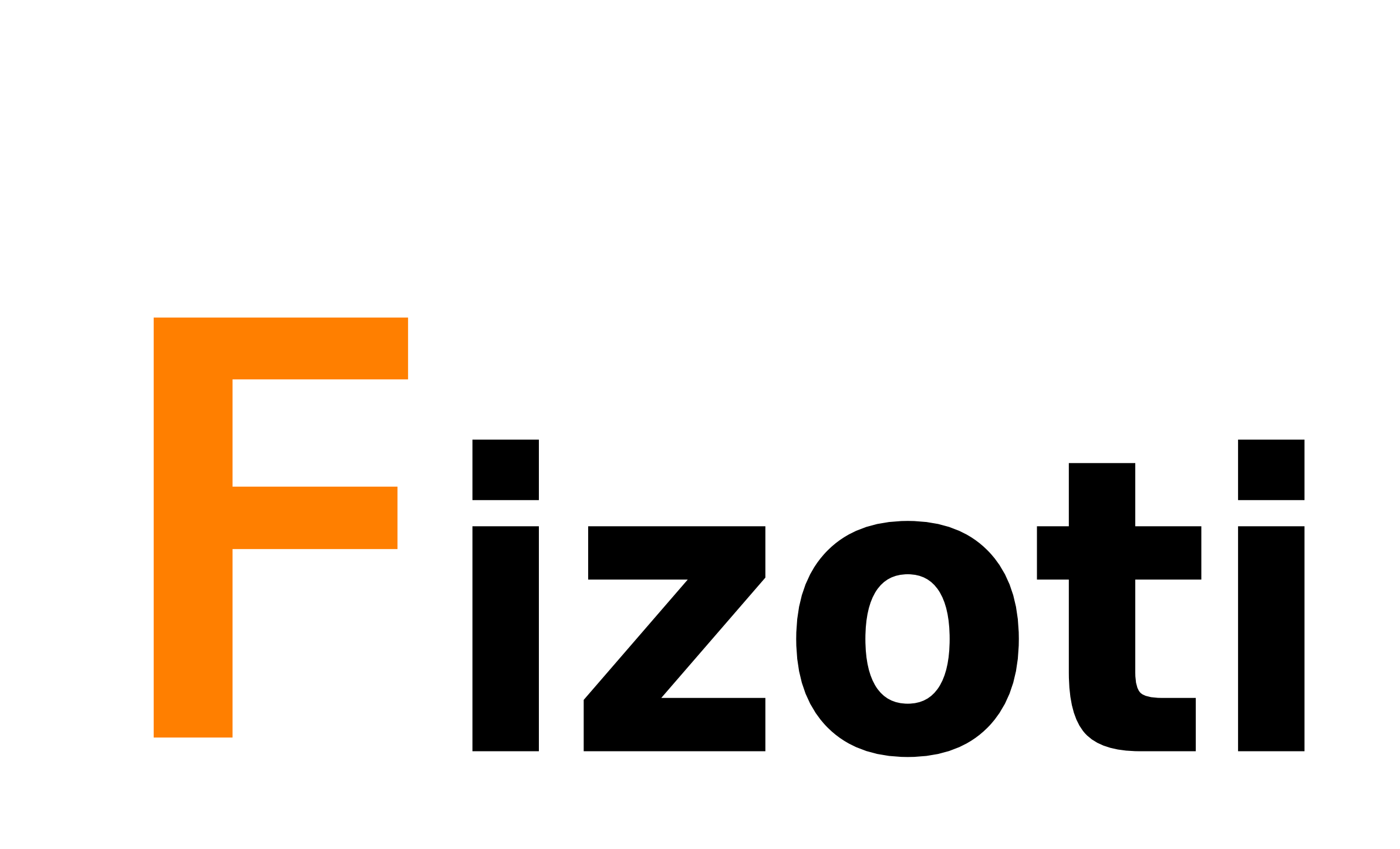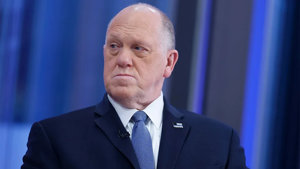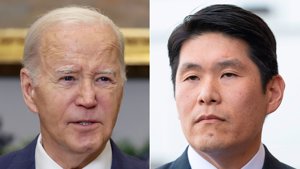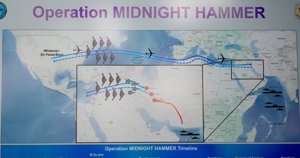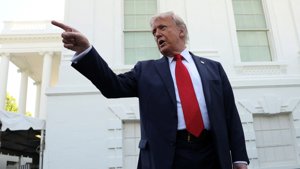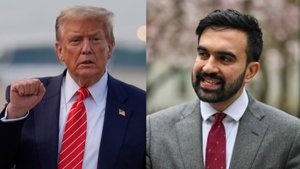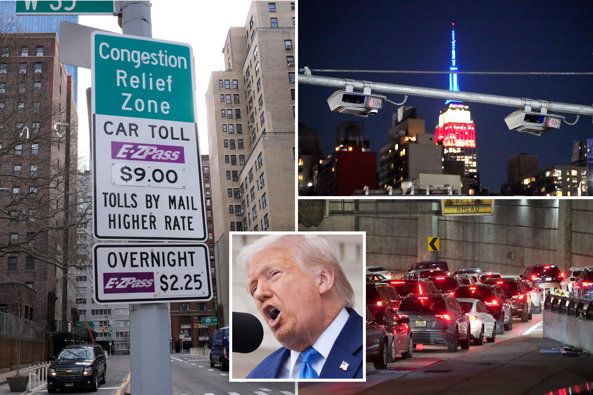
Judge Blocks Trump on NYC Congestion Toll
A judge has paused the Trump administration’s effort to defund NYC over its $9 congestion toll program.
Temporary Injunction Protects New York City’s Congestion Plan
On Tuesday, a federal judge issued a temporary restraining order halting the Trump administration’s attempt to dismantle New York City’s congestion pricing program. The decision blocks the federal government from withholding funds or retaliating against the city for continuing to enforce the controversial toll system.
U.S. District Court Judge Lewis Liman ruled that the program, which charges most drivers a $9 toll to enter Manhattan south of 60th Street during peak hours, must remain operational through at least June 9. The ruling also prevents Transportation Secretary Sean Duffy from pursuing any punitive actions against the city while litigation is ongoing.
“The judge’s ruling today was not on the merits of our case against Hochul’s class warfare,” a Department of Transportation spokesperson stated, “but rather a temporary pause to have more time to reach a decision.” The department added that enforcement actions for noncompliance had been under consideration but would now be suspended in accordance with the judge’s order.
The Trump administration has sharply criticized the tolls, calling them illegal and harmful to working-class Americans. “We look forward to making our case in court against Governor Hochul’s illegal tolls as we work to protect working-class Americans from being unfairly charged to go to work, see their families, or visit the city,” the spokesperson continued.
The congestion pricing system, launched in January, uses automated license plate readers to collect tolls from vehicles entering central Manhattan. Officials argue the system alleviates traffic congestion and generates critical revenue for mass transit improvements.
According to city data, the program has already yielded significant results. Between January and March, vehicle volume within the congestion zone was approximately 5.8 million cars below projections, translating to a traffic reduction of 8% to 13%. Officials claim the change has made roadways safer and more efficient for both public and private transit users.
New York City Comptroller Brad Lander praised the impact of the toll system, citing declines in car crashes, noise complaints, and overall traffic. He argued the program benefits local businesses, the tourism sector, and commuters reliant on buses and taxis.
Despite the positive data, the program has become a flashpoint in national debates over urban transportation policy, equity, and federal authority. Critics of the congestion fees assert that they impose disproportionate burdens on middle- and lower-income drivers, while supporters emphasize the environmental and infrastructure advantages.
The administration’s challenge to the toll program has included strong rhetoric. In February, President Trump posted an image of himself wearing a crown alongside the declaration: “CONGESTION PRICING IS DEAD. Manhattan, and all of New York, is SAVED. LONG LIVE THE KING!”
With the court’s temporary ruling now in place, the future of the program will hinge on further judicial review. Until then, New York’s efforts to reduce urban congestion and invest in public transportation remain intact.
